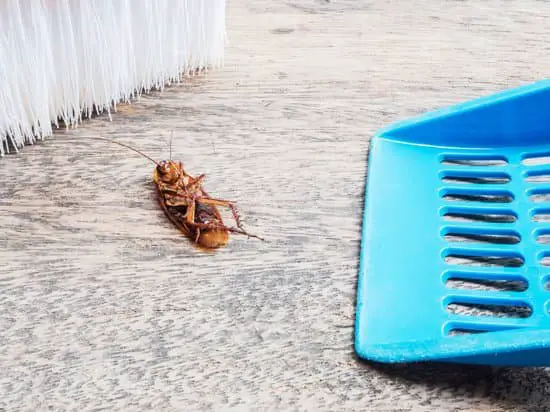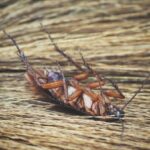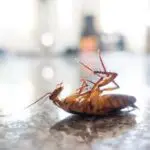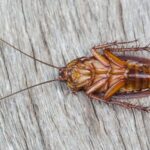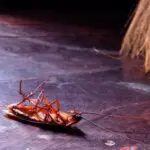How Do Cockroach Legs Grow Back?
Cockroaches have a remarkable regenerative ability, which is used as a defense mechanism against predators. This ability was first discovered over a century ago, by a biologist who has since remained unnamed. In fact, cockroaches are able to regenerate their legs after being amputated.
Cockroaches regenerate their legs through a process called autotomy. The cockroach leg is detached from the femur joint (also known as the trochanter joint), the bend closest to the torso. The cockroach then regenerates its leg, which grows back in stages, the first of which takes about 5 weeks. It will take about four months for the regenerated limb to reach full size.
Cockroaches regenerate three to four legs during their lifetime. They also have the ability to regenerate their wings and a part of their abdomen. The regrown limbs may not be identical to the ones they lost, but they do serve the same function. The DNA of cockroaches is very complex, and it is possible to see how a single roach can regenerate multiple limbs.
However, the process of regeneration is different in different cockroach species. The coxa-cut cockroaches take longer to regenerate a new leg than the autotomy leg-cut cockroaches. This process is also more extensive, and the new leg is about 2.5x smaller than the regenerated leg from an autotomy leg.
